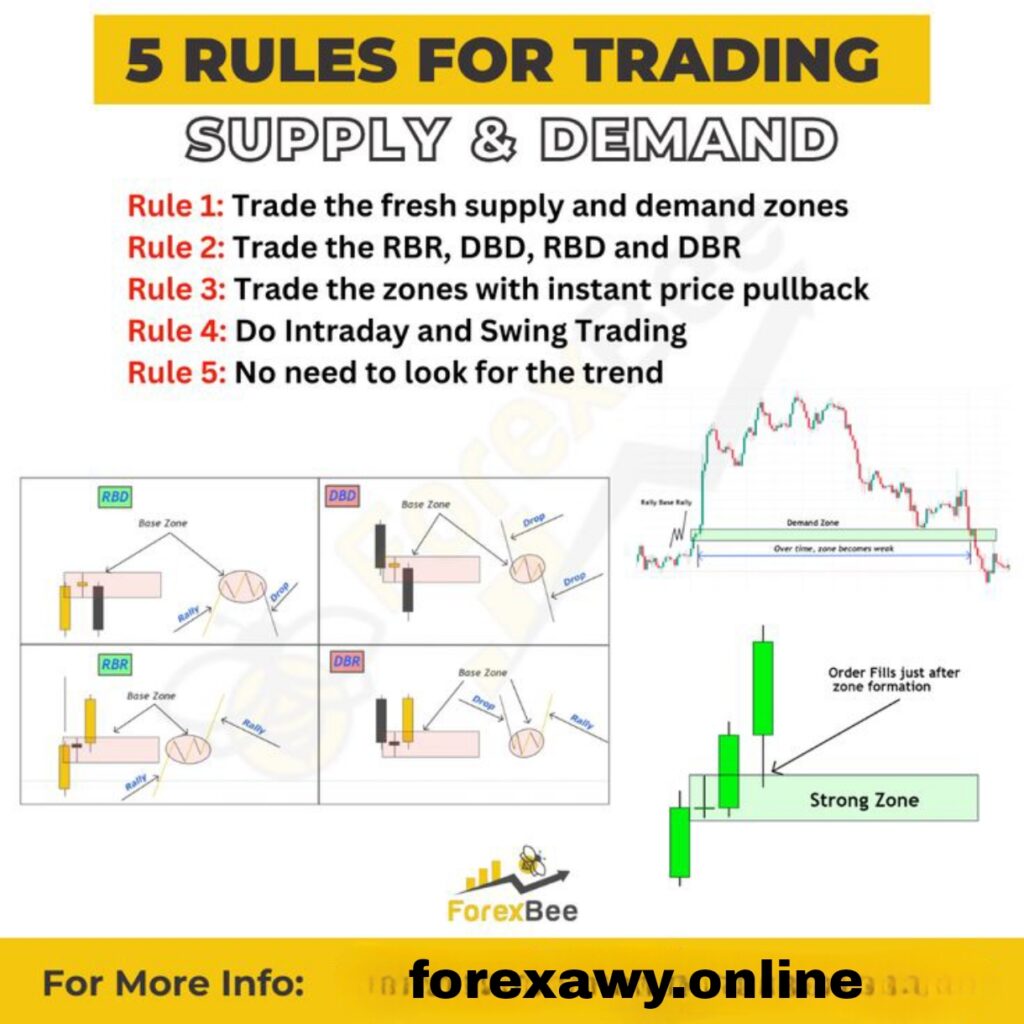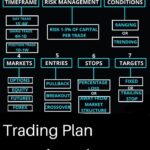Introduction
Many beginner traders start their journey using a demo account to practice strategies and learn how trading platforms work. While demo trading is a helpful stepping stone, it is not a perfect reflection of live market conditions.
Understanding the differences between demo and live trading is critical for a smooth transition. Traders who skip this understanding often suffer heavy losses once they go live, expecting the same performance they saw in demo mode.
This article explains the key differences between demo and live trading, the psychological and technical challenges involved, and tips to transition safely and successfully.
What is a Demo Account?
A demo account is a simulated trading environment offered by most brokers. It mirrors real-time market prices and allows you to trade with virtual money.
Benefits:
- Risk-free environment
- Practice execution and strategy
- Learn platform features
- No emotional attachment to losses
But while helpful, demo trading can be misleading if not used with awareness.
What is a Live Trading Account?
A live account involves real capital, real market conditions, and real consequences. Every trade carries risk, and emotional control becomes crucial.
With a live account, traders experience:
- Actual order execution delays
- Slippage
- Spreads that may widen during news
- Emotional highs and lows
The key factor that differentiates live from demo trading is psychology.
Key Differences Between Demo and Live Trading
1. Emotional Impact
In demo trading:
- No fear of loss
- No greed from profits
- No stress
In live trading:
- Money is on the line
- Emotional pressure increases
- Decisions become harder to stick to
Example: A strategy that works well in demo can fail live if you hesitate due to fear or close trades early due to anxiety.
2. Order Execution and Slippage
Demo orders are executed instantly. Live trading may experience:
- Slippage: Order fills at a worse price than requested
- Requotes: Broker declines your trade and gives a new price
- Latency: Small delays due to internet speed or broker processing
This affects scalpers and high-frequency traders more than swing or long-term traders.
3. Market Liquidity
Demo environments often ignore:
- Thin liquidity during off-hours
- Volatility during news events
Live markets react to volume, sentiment, and trader behavior. This can cause:
- Price gaps
- Widening spreads
- Delayed order fills
4. Risk Behavior
In demo, traders often:
- Overtrade
- Take excessive risks
- Skip stop-losses
In live, those behaviors lead to actual financial loss. A responsible demo trader simulates real risk rules.
5. Technical Differences
Some demo accounts:
- Show fixed spreads
- Ignore partial order fills
- Skip commissions or swap fees
Live accounts show the real trading costs, including:
- Spread variation
- Swap (overnight interest)
- Commission (on ECN accounts)
Why You Can’t Rely Only on Demo Performance
Demo trading is great for testing strategies, but:
- It doesn’t prepare you for emotional discipline
- It doesn’t expose you to real costs
- It doesn’t reflect true execution performance
Many traders who are profitable in demo fail in live due to psychological stress, lack of risk management, or poor adaptation.
How to Transition from Demo to Live Trading
1. Treat Demo Like Real
- Set a fixed virtual account balance (similar to what you’ll fund)
- Use real position sizing
- Follow strict risk rules (e.g., 1-2% per trade)
2. Use a Micro Live Account First
Before going full-size:
- Trade with small capital (e.g., $100 – $500)
- Focus on discipline, not profits
- Get used to emotional pressure
3. Track and Journal Everything
- Document trades in demo and live
- Compare performance and mistakes
- Identify psychological differences
4. Limit Leverage
Avoid high leverage when starting live. Small mistakes can be amplified significantly.
5. Start with One Strategy
Avoid jumping between systems. Stick to a proven, tested method from your demo experience.
Tips to Succeed in Live Trading
- Control expectations: Live trading isn’t about getting rich fast
- Stay patient: Markets will test your emotions
- Follow your trading plan strictly
- Learn from every mistake
- Focus on long-term consistency, not short-term gains
Conclusion
While demo trading is a valuable tool for learning, it is not a complete preparation for live markets. The emotional pressure, execution differences, and real risks of live trading require a different level of preparation and discipline.
Treat your demo experience seriously, use it to build confidence and refine strategies, but approach live trading with humility, caution, and a strong plan. Success comes to those who respect the market and understand the transition between practice and reality.


